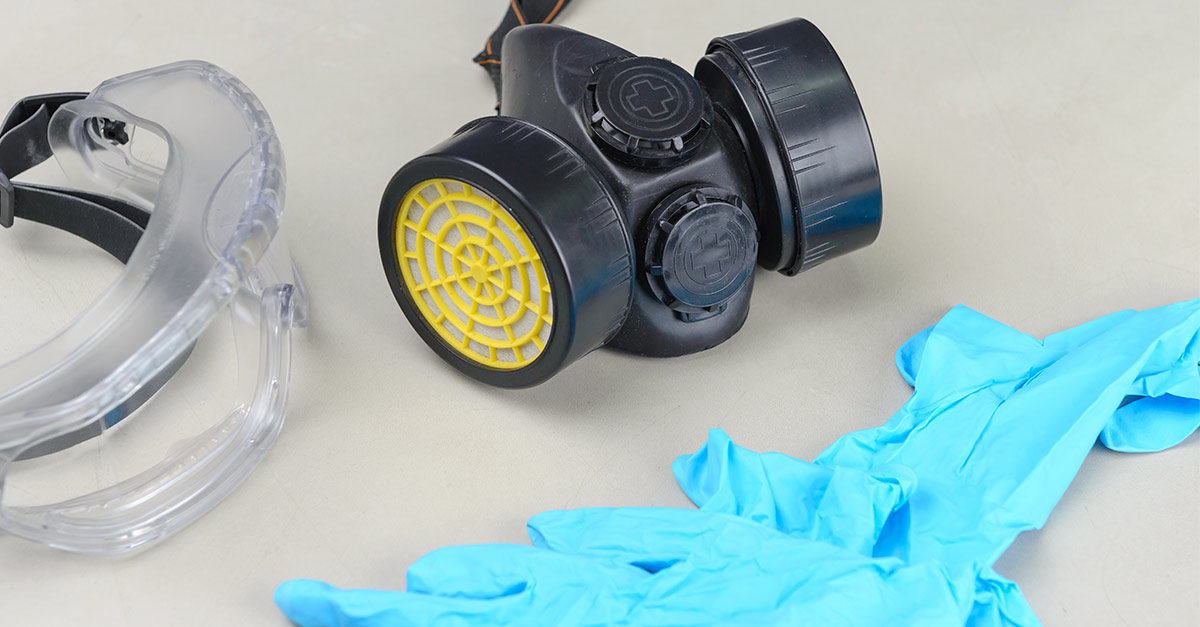In addition to educational classroom sessions and certification courses, the ISSA Show North America 2018 in Dallas, TX, is offering quick-hitting, 30-minute presentations that provide hands-on solutions in a manageable time frame.
These free sessions will be held at the Connection Corner Booth 1553. Make time in your busy schedule to attend at least a few of these sessions. Check out the one on team member safety.
Team Member Safety: What if We Are Doing It All Wrong?
Presenter: Jess Baidwan
Tuesday, October 30
12:00–12:30 p.m.
We send our workers out the door wearing their yellow raincoats with lunchboxes in hand, carrying a pair of nitrile gloves, a mask, safety scraper, and the occasional Tyvek suit. Because we have trained them well and provided them with the proper personal protective equipment (PPE) and safety data sheets, we are able retire to our offices with a smile of satisfaction on our face as we turn our focus to the endless mounds of administrative paperwork.
Our front-line workers go off to their assignments, dusting, vacuuming, mopping, and cleaning toilets with 15 percent hydrochloric acid. But did anyone ask whether hydrochloric acid was actually needed for this particular job? “Well, that’s the way we have always done it,” you say to yourself, unaware of the potential risks associated with that mindset.
According to the 2017 Liberty Mutual Insurance Workplace Safety Index, “Workplace injuries and accidents that cause employees to miss six or more days of work cost U.S. employers US$59.9 billion in 2014, the most recent year for which statistically valid injury data are available from the U.S. Bureau of Labor Statistics (BLS) and the National Academy of Social Insurance.” As business owners and in-house service providers, those kinds of costs can be detrimental to our business. They trickle down and ultimately impact the bottom line.
Despite our efforts to curb workplace injury, the numbers show we may not be doing enough. If we are doing something wrong, then how do we fix it? Here are some tips we will review in this session:
- Provide training and certification opportunities. In a CMM article from March 2018, Joel Craddock of Doc’s Facilities Solutions in Rochester, NY, noted his ability to significantly lower his workers’ compensation insurance premium as a result of effective and thorough training.
- Invest in proper PPE. Protective gear provides a literal line of defense for protecting our workforce.
- Implement administrative controls. Managers should clearly explain and map certain emergency protocols like emergency evacuation plans or lockout-tagout procedures.
- Substitute with safer solutions. Find ways to permanently reduce risk by subbing in less hazardous chemistry, processes, or tools. Using 4 percent citric acid in place of the hydrochloric acid mentioned earlier is one example. But there is still more we can do.
- Collaborate to eliminate. Managers, let’s think about this differently. Let’s avoid using the phrase, “hindsight is 20/20.” Ask the important questions: Can I eliminate this? Can I reduce harmful chemistry, or eliminate it altogether? Do we need to do this process at all, or can something else be done instead?
ISSA and its members are working to use technology to reduce risks and increase profitability and yet there is resistance: resistance to change, resistance to the investment needed for wholesale change as well as informational overload. Yet none of these excuse the need to think of the risks to our front-line workers and our bottom line differently. We have all heard the expression: “An ounce of prevention is worth a pound of cure.” Think about it—and let’s get this right!




